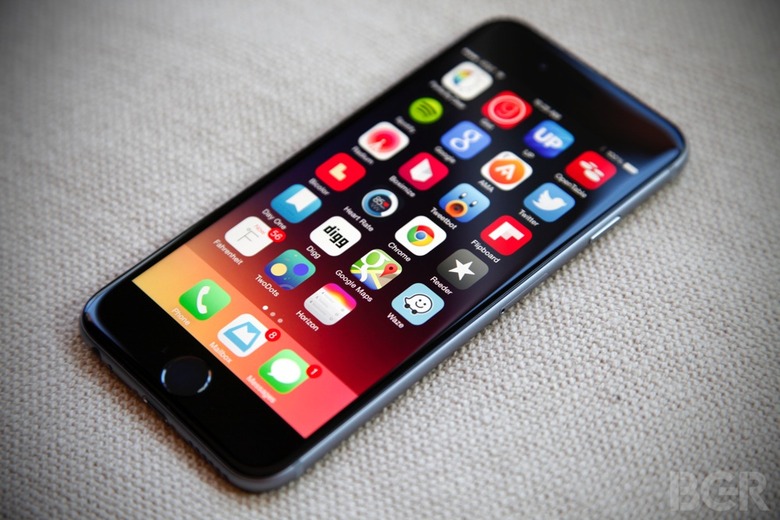It's Time To Rain On Apple's Parade
In the March quarter this year, Apple posted a record $13.6 billion profit as the iPhone juggernaut continued to mow down rivals at the top of the global smartphone market. The company managed to sell 61 million iPhones in the quarter, maintaining impressive momentum following the all-time record 74.4 million iPhones Apple sold during the holiday quarter.
For the June quarter, analysts expect Apple's impressive streak to continue. Estimates from respected analysts call for the company to sell as many as 53 million iPhones, as the iPhone 6 and iPhone 6 Plus continue to draw business away from Android vendors.
Naturally, it's time for the naysayers to chime in.
DON'T MISS: 20 Jailbreak Tweaks That Bring Features Most iPhone Users Will Never Experience
Sentiment surrounding Apple has been far too positive for far too long, so now it's time to rain on the parade. Enter Deutsche Bank analyst Sherri Scribner, who warns investors that while Apple likely enjoyed impressive iPhone sales growth in the June quarter, the fun will likely come to an end next year.
Scribner's checks suggest that Apple sold 50 million iPhones during the fiscal third quarter, which is in line with estimates from several other banks. That would mark huge growth over the 35.2 million iPhones Apple sold in the year-ago quarter, but the analyst says investors shouldn't celebrate just yet.
Despite what appears to be hot anticipation for Apple's upcoming iPhone 6s and iPhone 6s Plus, Scribner says all that flows must ebb, and that ebb is coming soon.
Over the past two quarters, Apple's iPhone growth has been substantially higher than the market as seen in Figure 1. When excluding iPhone sales, the smartphone market grew 26% in C4Q-14 and 12% in C1Q-15, compared to 40%-plus growth for the iPhone. This trend is in contrast Apple's growth over the past 3 years, which has been below that of the overall market. In addition to recent strong growth, Apple's market share has rebounded, reaching 20% in C4Q-14, as seen in Figure 2. Since entering the smartphone market, Apple's share has reached a peak of 23% (in C4Q-11 and C1Q-12), but has not gone higher. In general, Apple's market share has trended in the 15-20% range depending on where we are in the iPhone product cycle, and we would expect this to continue, suggesting Apple's share will moderate over the next few quarters.
As Barron's noted, Scribner believes the iPhone 6 and 6 Plus are selling so well because of pent-up demand for iPhones with bigger displays, and also because of a new deal with China Mobile. In 2016, apparently the shine will wear off, growth will slow, and Apple's share of the high-end market doesn't have much room left to increase.
"Apple's share of the $400 ASP and above segment of the market now at 60%," the analyst said, adding that market share that high is "not sustainable."
Meanwhile, other industry watchers think that Apple will continue its impressive pace following the launch of the new 2015 iPhone models this fall. Then, of course, we can look forward to brand new iPhone 7 and iPhone 7 Plus models debuting in 2016, possibly alongside a third new model.
Scribner might be right and Apple's momentum may indeed slow in 2016, but it certainly doesn't seem like a safe bet from where we're sitting. After all, who's going to stop Apple at this point?
